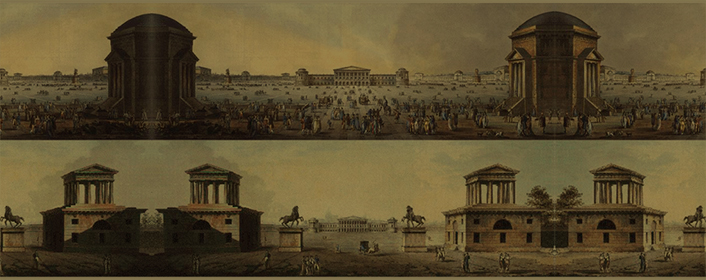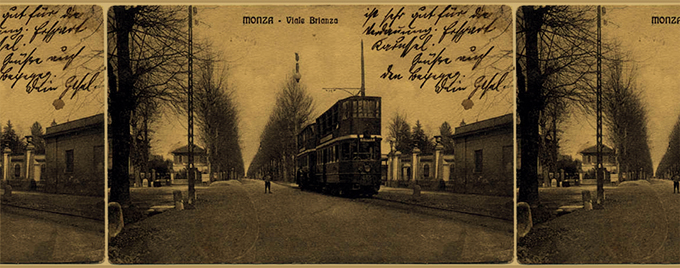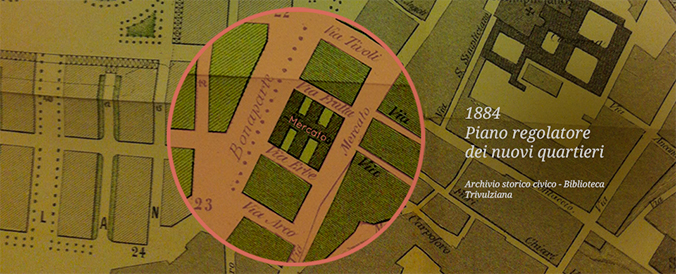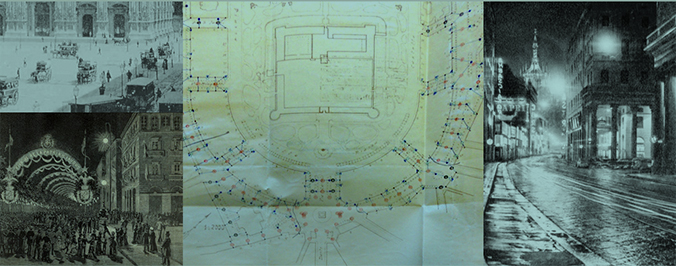Our History
Officina22 lies at the centre of the perimeter connecting the Castello Sforzesco, Brera quarter and Garibaldi-Isola neighbourhood, the new hub of contemporary Milan.
Symbol of the meeting between art and culture, the area today represents the intertwining of history and modernity in a constantly evolving architectural landscape, maintaining respect for the city’s historical and artistic heritage.
The Brera district, heart of the “Città Nuova” project fathered by urban planner and architect Giovanni Antonio Antolini in the early 1800s, is the modern-day monument to Italian excellence in fashion and design.
A bit of history…
1800
Napoleon and the winds of revolution
At the beginning of the 19th century, Foro Buonaparte was born as the beating heart and emblem of a renewal that brought to Milan the spirit of the enlightenment and of a new socio-political model built upon the values of a bourgeois democracy.
The ideal birthplace for modernity.
In 1805, Napoleon arrived in Italy to “liberate” it from Austria-Hungary and proclaimed Milan the capital of the new Italian Republic, inspired by the values of the French revolution.
Antolini and the new city
The architect Giovanni Antonio Antolini celebrated the radical change with the magnificent urban project of Foro Buonaparte, built exclusively in a neoclassical style, as an expression of a formal renewal driven by proliferating revolutionary ideals.
Antolini designed the Foro as the core of the new capital city, including all its essential functionalities: the square became a Forum, outlined by civilian edifices and a portico housing all the principal public destinations, economic, civil, cultural and leisurely alike, in perfect harmony.

1876
From Milan to Monza non-stop
The Milano – Monza, the very first inter-urban tramline in Italy, passed right in front of 22 Foro Buonaparte.
From the day of its inauguration – the 8th July 1876 – to the line’s closure in 1966, it was possible to board a tram in Piazza del Duomo in Milan and arrive directly in front of Monza’s famous Villa Reale with a 15 kilometre journey.
For the first 24 years, the vast tram carriages were accompanied by generations of patient horses: a driving force that perhaps was not fast, but definitely cost-effective, inexhaustible and what we would describe today as ecological.
The “horse trail” was finally electrified in 1900

1884
At the market between “Via delle Erbe” e “Via della Frutta”
Not many are aware that, in the second half of the 19th century, the area now occupied by the building in Foro Buonaparte 22 was entirely part of the Milan’s indoor market: the grocery shopping go-to destination for the Milanese at the time.
The only traces of the market remaining today are the names of nearby streets: “Via Mercato” (Market Street), running parallel to Foro Buonaparte and connected to it by “Via delle Erbe” (Herb Street), the latter of which was probably home to vegetable stalls. “Via della Frutta” (Fruit Street), which ran along the opposite side of the market, was eliminated with the construction of the building in Foro Buonaparte 21.

1927
The “Foro” lights up
1884 was the year of electrical lighting in Milan.
Public spaces were lit up in Piazza del Duomo and in Piazza della Scala. This first experiment would be followed by the rapid electrification of the city’s lighting grid.
The first public lighting facilities covering the entirety of Foro Bonaparte were designed and implemented In 1927.
